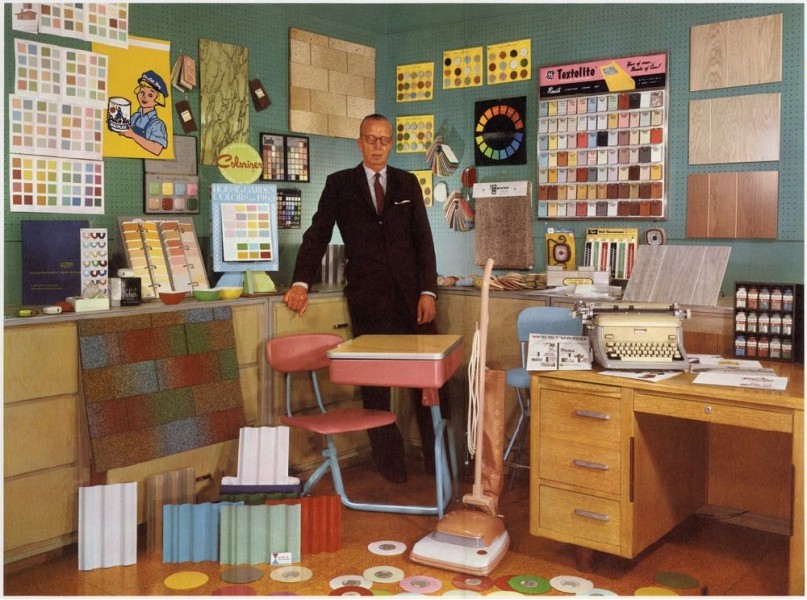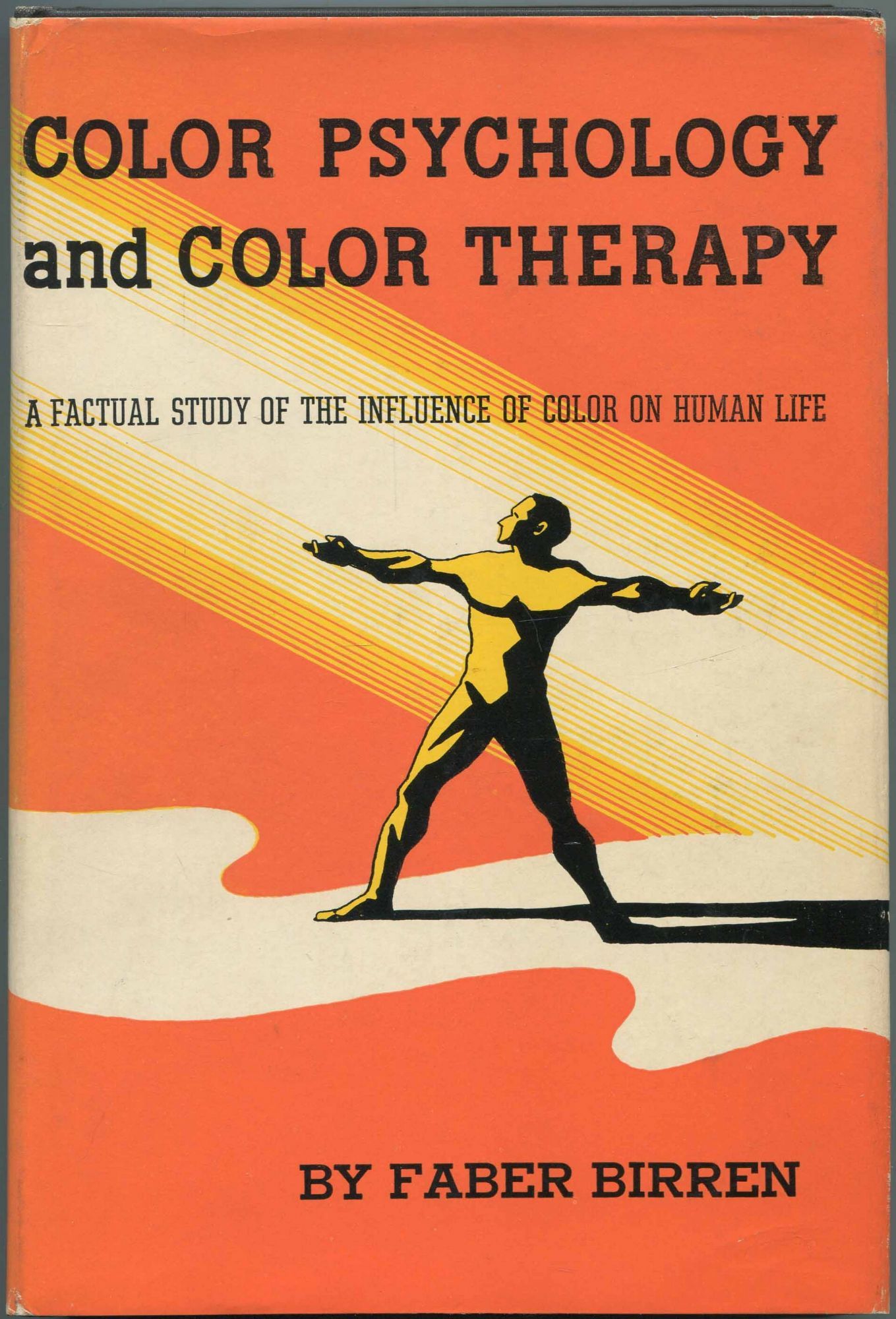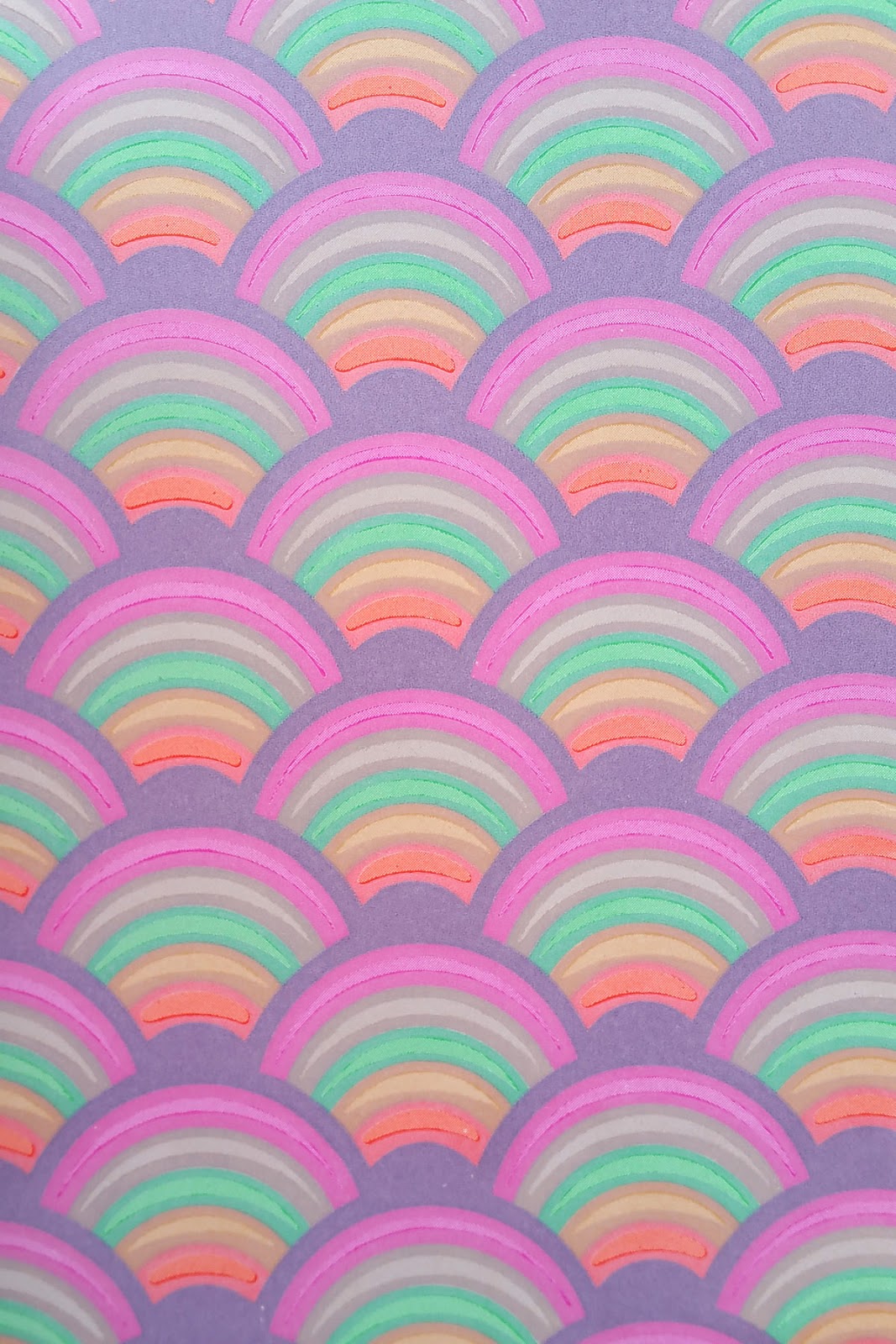
Colors are an integral part of our lives, surrounding us with their vibrant hues and evoking a wide range of emotions. From the soothing blues of the ocean to the fiery reds of a sunset, the study of color has fascinated artists, scientists, and psychologists for centuries. One name stands out prominently among the influential minds in color theory – Faber Birren. This article delves into the captivating world of the Faber Birren Color Theory, exploring its origins, fundamental principles, and impact on art and design.
Faber Birren (1900 – 1988) was an acclaimed color consultant, author, and researcher who made groundbreaking contributions to understanding colors and their psychological impact. Birren’s fascination with color began at an early age, and he spent his life unraveling the mysteries of color perception, aesthetics, and the influence of colors on human emotions and behavior.
At the heart of the Faber Birren Color Theory lies the concept of color psychology – the study of how colors affect our moods, thoughts, and actions. Birren believed that colors have a profound psychological impact, and understanding these effects could empower artists, designers, and even marketers to evoke specific responses from their audiences.
Birren’s color theory emphasizes that individual colors can trigger unique emotional responses. For example, warm colors like red and orange are often associated with energy, passion, and warmth, while cooler colors like blue and green evoke feelings of calmness, tranquility, and even sadness. Understanding this interplay between colors and emotions allows designers to create more engaging and emotionally resonant artwork, branding, and advertisements.
 Color Psychology and Color Therapy: A Factual Study of the Influence of Color on Human Life, Birren’s book published in 1950
Color Psychology and Color Therapy: A Factual Study of the Influence of Color on Human Life, Birren’s book published in 1950
 Color plate VII, from the book Monument to Color by Faber Birren, 1938
Color plate VII, from the book Monument to Color by Faber Birren, 1938
In addition to understanding the emotional impact of individual colors, the Faber Birren Color Theory delves into the concept of color harmony and combinations. Birren believed that certain color combinations could create a sense of visual harmony while others could evoke tension or discordance. By studying color harmonies, artists and designers can create visually pleasing compositions and striking contrasts to effectively capture their audiences’ attention.
Beyond art and design, Birren’s color theory extended into the built environment. He believed the strategic use of colors in interior spaces and architecture could significantly influence human behavior and well-being. For instance, calming colors in hospitals could promote healing and relaxation, while stimulating colors in educational spaces might enhance focus and creativity.
Faber Birren’s groundbreaking work in color theory continues to impact various fields today. From interior design and branding to marketing and psychology, his insights into the world of colors have left an indelible mark. Contemporary researchers and artists still draw inspiration from his theories, applying them to explore new dimensions of color perception and its effect on the human experience.
The Faber Birren Color Theory remains essential in studying colors and their psychological impact on humans. Through his research and insights, Faber Birren unlocked the potential of colors as a powerful tool to communicate, express emotions, and influence behavior. As we continue exploring the captivating world of colors, let us remember the legacy of this visionary color consultant whose work has enriched our understanding of the colorful tapestry surrounding us.
